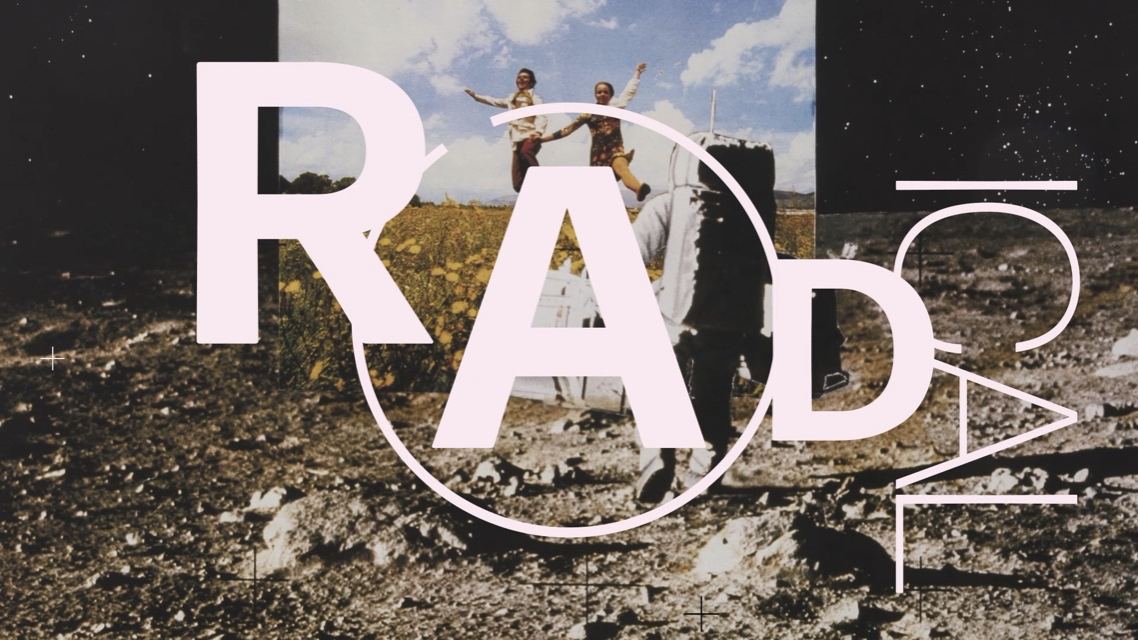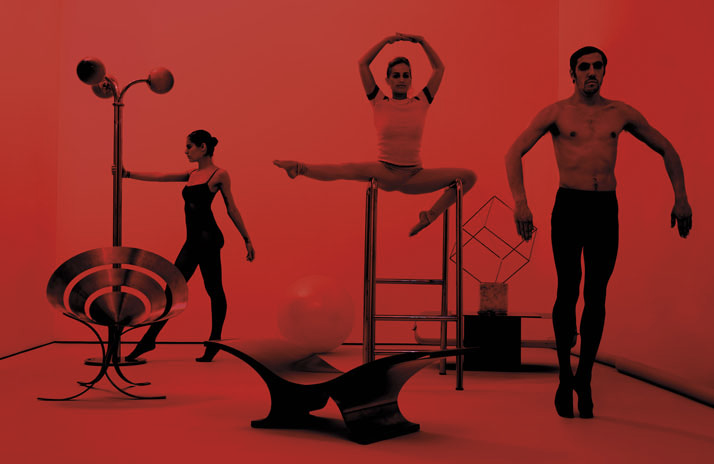Radical Design
Via "Daniella on Design," 2017.
Radical design made Italy a symbol of the artistic and cultural avant-garde in the late 1960s: let's see who the protagonists were, and the most important pieces. A brief guide to radical design and architecture, and their iconic output, still appreciated globally today.
Radical Design
Radical design develops its most recognizable features from an entirely indigenous experience, with Italian Radical design being the one that has been most inspiring worldwide. Concerning Radical design, there is no real accomplished definition, but the movement sees at its center the experience of some creative people, who were defined as of opposition: in the wake of the student protest movement of 1968, the designers rejected the advance of Rationalism, to which they contrasted their designs. In Radical design, objects are ironic and innovative even in their primary functions, eccentric and outside the box. Radical design in Italy (also known as Anti-Design or Counter-design) was born in Florence with the associated groups of designers Archizoom and Superstudio, which then landed in Milan before finding its way to Europe and the world, where it would be then known as Italian radical design. The early years of production highlight the stylistic features of Pop Art and the artistic avant-gardes of the 1960s-70s: towards the middle of the latter, the revolutionary spirit of the movement became normalized, resulting in Neo-modern design, of which the Memphis and Alchymia studios will be the greatest representatives.
The Memphis Design studio in a photoshoot. Via "Hidalgo Arte," 2021.
In the Radical Design movement, the most influential artists were undoubtedly Gaetano Pesce, Gianni Pettena, Riccardo Dalisi, the Strum Group, and Alessandro Mendini, who appreciated the poetics of Radical Design by publishing works in his then magazine "Casabella." A separate chapter should be devoted to Ettore Sottsass, who was the emblem of Radical Design: in 1957, he took on the role of art director of Poltronova and the following year began collaborating with Olivetti, without forgetting artistic and conceptual research, establishing the magazine "Pianeta Fresco" with the sacred giants of the beat generation Fernanda Pivano, his wife, and Allen Ginsberg. Later, he would also establish the Sottsass Associati studio and the Memphis Group, along with Hans Hollein, Arata Isozaki, Andrea Branzi, and Michele De Lucchi. Sottsass was also part of what was the most important narrative for Zanotta: the famous furniture brand contributed to the innovation of Italian and global design through collaborations with great artists, such as Achille Castiglioni, Gae Aulenti, Joe Colombo, Marco Zanuso, Giuseppe Terragni, Enzo Mari, Bruno Munari, and many others. Among the best-known achievements under Zanotta's wing were the famous Sacco armchair, the Sciangai coat stand, the Allunaggio seat, and the Mezzadro chair.
Radical Design Foundation
The Radical Design Foundation was established with the aim of keeping alive the spirit that was characteristic of the design and planning experiences at the turn of the 1960s and 1970s, still promoting initiatives in the area.
Via “Yatzer”, 2014.
Among the recent proposals, linked to the memory of that exhilarating historical period, which represented one of the highest peaks of creativity in our country, is the 2017 film directed by Maria Cristina Didero and Francesca Molteni, "SuperDesign Italian Radical Design," which has toured the world and probably instilled the desire to create so-called Radical Design courses at schools of Architecture and Design abroad as well. Certainly, the success of the Radical philosophy has conquered the U.S., where Supergroup, the gallery dedicated to Radical Design in Brooklyn, has landed.
Movie poster of "Molteni SuperDesign Italian Radical Design." Via "Muse Web".
Radical Architecture
The definition of radical architecture is due to art critic and historian Germano Celant, who used it to identify the beginning of a new way of making and designing, in which the relationship between form and aesthetics is interpreted in a visionary way, almost utopian. Boundaries were shattered between the arts, in great ferment at the end of the 1960s, with the presence of performance, body art, installations, and video art eventually influencing the fields of architecture and design as well.
Via "Yatzer," 2014.
In Italy, the summary of this innovative trend occurs with the exhibition Superarchitettura, promoted by the Florence-based associated studios Archizoom and Superstudio, in December 1966 in Pistoia, whose experimentation was soon joined by Ufo and Gianni Pettena. What was developing in Italy was an even more distinctive and specific language than the radical European currents, which saw Rem Koolhaas, Archigram, and Arata Isozaki among their major exponents. Radical architecture was linked especially to conceptual themes, so much so that, among the ideas of the era, Archizoom proposed the "Non Stop City," that is, a city without architecture: a continuous space without determination, which was also adhered to by Superstudio and the other great Florentine reality of Gruppo 9999. To the latter association, we owe the happening at Ponte Vecchio in 1968, during which images were projected on its walls, the disco Space Electronic near Santa Maria Novella, created due to the experiences with which the Group came in contact during a trip to New York, in Greenwich Village, and from which they were very impressed. They also came up with the idea for the Casa Orto, an ecological dwelling in which greenery is to be integrated into the living space, which was presented on the occasion of the exhibition Italy: The New Domestic Landscape at MoMA in 1972.





